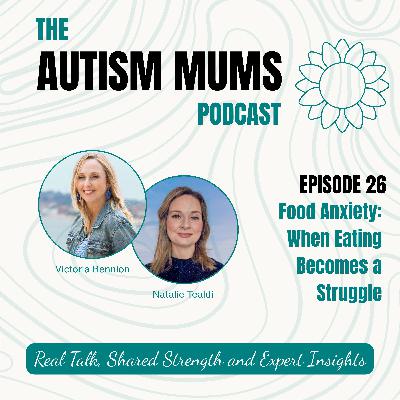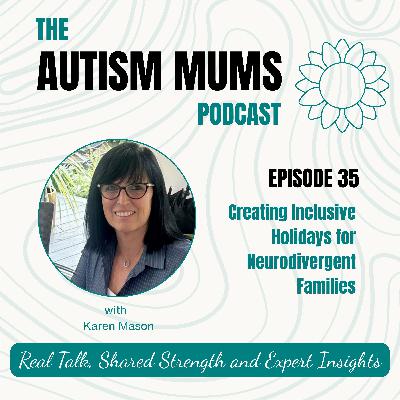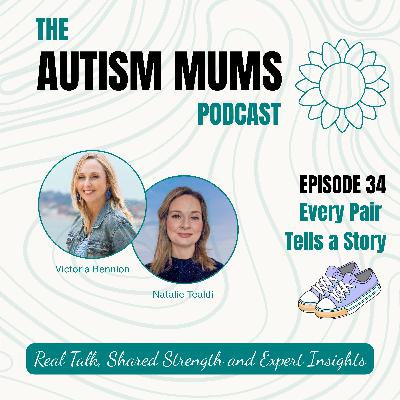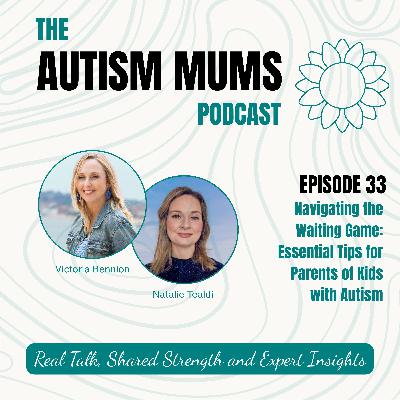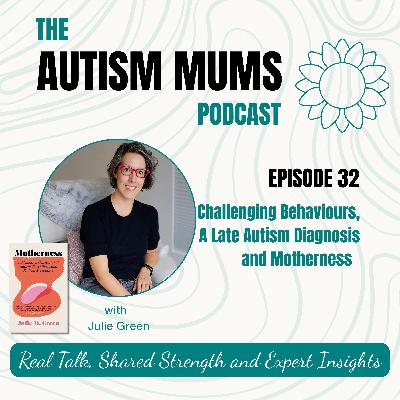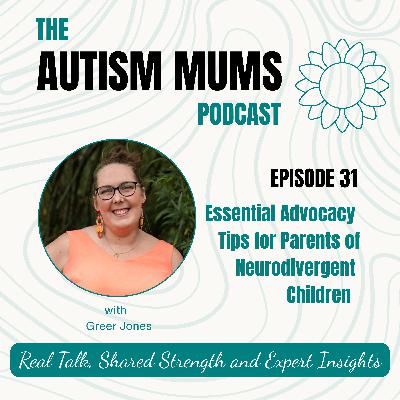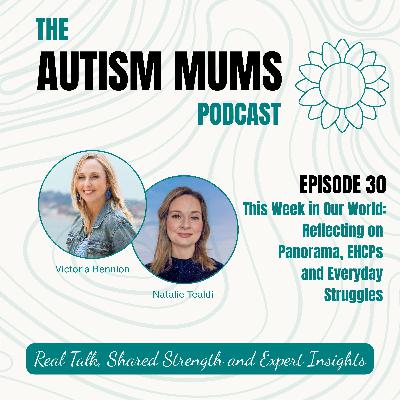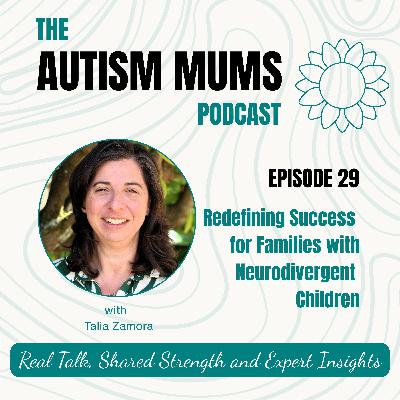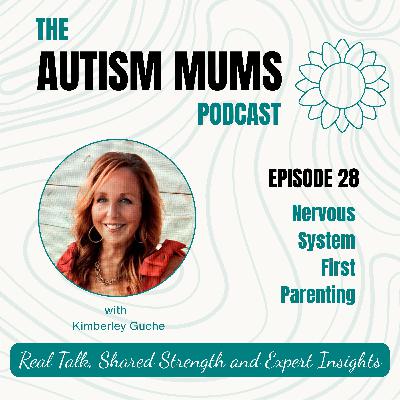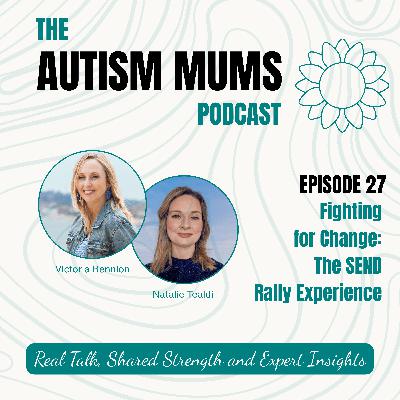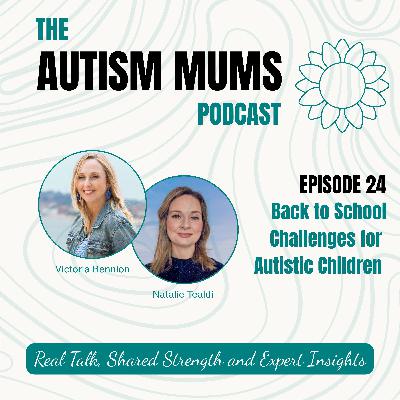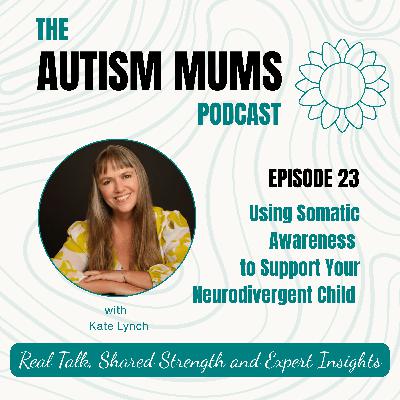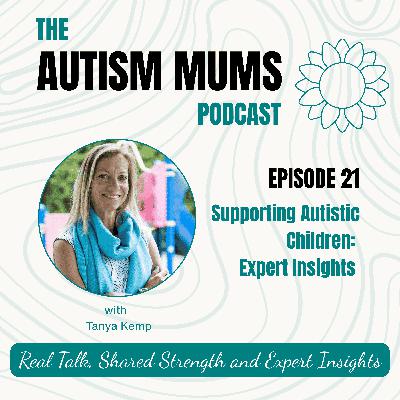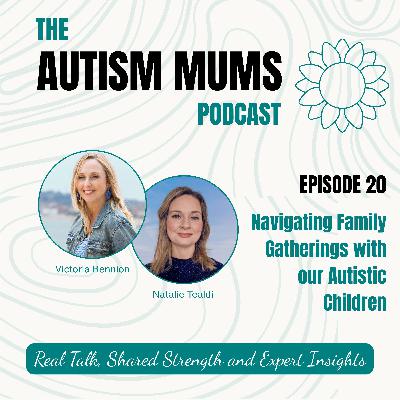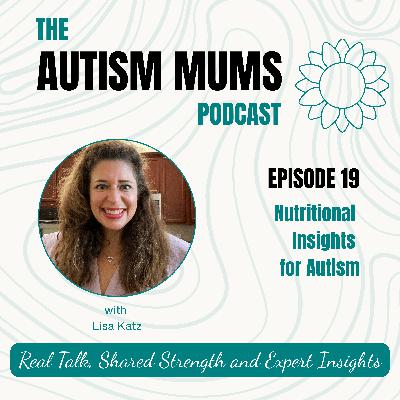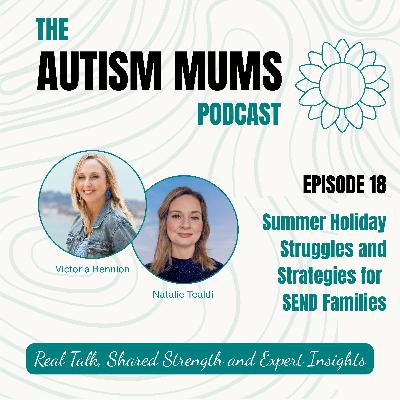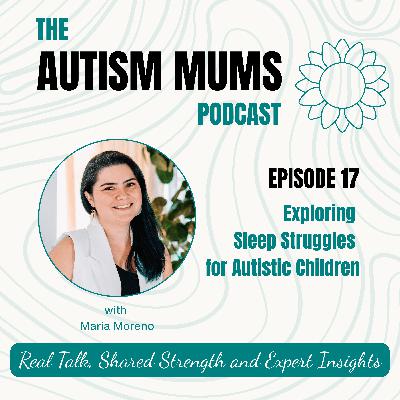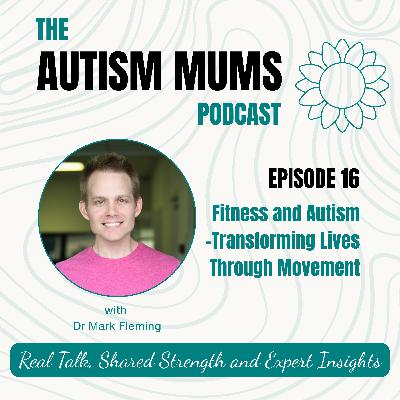Food Anxiety: When Eating Becomes a Struggle
Description
In this week’s episode of The Autism Mums Podcast, we talk openly about what happens when eating stops feeling simple and starts feeling scary. We unpack ARFID (Avoidant/Restrictive Food Intake Disorder) and explore how it differs from 'picky eating, sharing our real-life experiences.
Key Takeaways
- Identical packaging and familiar brands can build trust.
- Safe foods can be very limited, for some children under 10 items
- When anxiety spikes with transitions like back-to-school often shrink food choices.
- “They’ll eat if they’re hungry” advice can escalate fear and refusal.
- Texture, temperature, smell, colour and broken food can be deal-breakers.
- We've found reintroducing once-safe foods during calm periods and follow the child’s curiosity can sometimes be successful
Mentioned in This Episode
Connect with The Autism Mums
Website – https://theautismmums.com/
Follow us on Instagram https://www.instagram.com/theautismmums
Follow us on TikTok https://www.tiktok.com/@theautismmums
Follow us on Facebook https://www.facebook.com/theautismmums
Transcript
Victoria Bennion:
Hello and welcome back to the Autism Moms podcast. Today we're talking about
something that many families quietly battle with every day. When eating stops
feeling simple and starts feeling scary. You'll hear us mention ARFID quite a
lot.
Natalie Tealdi: ARFID
is avoidant restrictive food intake disorder, which is more commonly known as
ARFID. It's a condition characterized by , the person avoiding certain foods or
types of foods having restricted intake in terms of overall amount eaten or
both?
Any anyone of any age can have a i. It occurs in children,
teenagers, and adults. Although people with ARFID may lose weight or have low
weight, this is not a criteria for ARFID. It can occur at any weight and varies
in different people.
Victoria Bennion: If
you are wondering, is this just picky eating? We'll talk about a few signposts
that could indicate it may be more. We'll share our family's [00:01:00 ] experiences and the ways we found to
support our children. As always, we are here to share our own experiences in
the hope that they may be useful.
Not to diagnose. If anything you hear raises concerns, do speak
with your GP or a qualified clinician.
Natalie Tealdi: So
Victoria, I think you have the best knowledge out of both of us on this one. Do
you wanna talk a bit about your
experiences?
Victoria Bennion:
Yeah. I can talk about our experiences. So my son doesn't have a diagnosis of a
ARFID, but in his autism diagnosis, he's noted as having ARFID behaviors. This
was explained to me as the reason was there very strict criteria that a child
had to meet to actually get a diagnosis of ARFID.
That you can have behaviors and a lot of autistic children are
affected by a ARFID,
And so this is because. Many autistic people experience sensory
issues and sensory [00:02:00 ] overload, and
that then leads to a heightened sensitivity when it comes to eating, resulting
in the symptoms and behaviors of ARFID.
Natalie Tealdi: How
would you say, you know, if it's picky eating or if it's ARFID?
Victoria Bennion: I
can talk about that with my son. If you're looking at your child, and are
wondering if this is more than picky eating, so things to be aware of or are
they avoiding major food groups? I know my son certainly was. So fruit, meat,
vegetables are they reacting to the different temperatures?
Are they having sensitivity to the textures? Could they be
gagging, retching? Have they gone over that spell of, they're not toddlers
anymore. They may be plus six. That's something to consider. And if their diet
is limited, I believe it's to less than 10 foods. That's another indicator of
ARFID or a behaviors.
Perhaps not noticing that they're hungry. I know that's
something my son certainly struggles with, [00:03:00 ]
identifying that he's hungry or just missing meals entirely. Avoiding food at
social events or avoiding social events where there is food Parties were always
so difficult for us. We would never sit at the food table.
We would have to go well away from that. Thank you very much.
Struggling to stay at the table during meal times.
In terms of timeline. I think he was about one and a half what
he would eat really narrowed. But that's quite common for this sage group and
it's often called food neo phobia. And I took him to the doctor at the time,
and I was just told that he would outgrow it. It was picky
eating. It was very normal for this stage of development. I don't know. I went
with that at the time. I was a bit uneasy about it. The things that he was
eating were waffles and I think it was probably fish finger. I've got this
written down somewhere because we did take him to an occupational therapist at
the time because it was really concerning.
We didn't think [00:04:00 ] he
was eating enough. The only fruit he would eat was raspberries at that time.
And then interestingly, it had to be a specific number of raspberries. And he
clearly was very anxious around eating. It was real anxiety about eating foods.
So he just said the same thing over and over every day.
I think the GP said to me that around five, he would've
outgrown it. And it was before that we took him to the occupational therapist.
'cause she's the one that gave me quite an interesting assessment, which I
didn't realize at the time that she must have been thinking along the autism
lines.
'cause she observed a lot of other things in his behavior and
when I went back to that, when we were going through the diagnosis process
yeah, it was interesting to see what she picked up, like lining up the toys,
grouping them by order of color, things like that. But in terms of the food, so
she gave us some tips at that time and it was to try to get him to play with
food. Touch [00:05:00 ] food. So I remember we
used to do it, we used to get different bowls out of different textured foods,
and it was really me playing with it. He would touch it a bit, but the idea was
that eventually he would, get some under his hands and lick it. But he never
did.
He never did. So his diet really didn't expand from what it was
about one and a half. Still principally the same things he eats at 11.
There has been some expansion, but we've also lost some safe
foods, but it's not hugely different.
Natalie Tealdi: Okay.
And so when it came to the early stages of when it was all
changing and his foods were reducing, what sort of behaviors were you seeing
then? Was he getting upset
Victoria Bennion:
Really upset about the food and just fully refusing, but yet very upset with
the refusing. His speech was delayed so he didn't have any words to be able to
tell us. I dunno if you remember when we went to Florida, so he was almost two,
[00:06:00 ] this was when it was very noticeable
and I remember before we left being so worried about what he would eat over
there. And we went to the supermarket when we got there and bought Oreos. He
was eating Oreos, still eats Oreos, and he would eat chips and sometimes he
would eat chicken nuggets at that point. So that's mainly what he had the whole
time we were there. I do remember there was one day where he tried a cube of
watermelon,
Natalie Tealdi: Okay.
Victoria Bennion:
That was it.
And as I said, he didn't speak at that time, so he couldn't
communicate. Exactly what the problems were. I was thinking because he had some
food sensitivities that they seem to run in our family for dairy. So we had
trouble with dairy and I was wondering if it was anything related, it was maybe
food allergy line at that point, at about one and a half, but I think that was
just separate.
Natalie Tealdi: And
do you find the appearance of food makes a difference to him?
Victoria Bennion:
Yes, there's a [00:07:00 ] huge difference. So
there was, when he was in reception they were doing an activity with potatoes
and they were making it int

